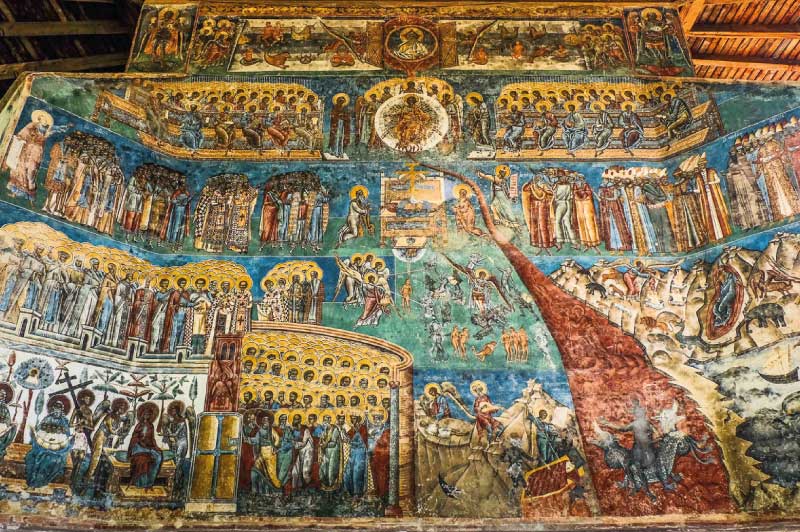
Discover Voroneț Monastery with RomaniaTourStore
Romania, a country brimming with natural beauty, historical sites, and vibrant culture, is home to a myriad of hidden gems that captivate travelers from around the world. Among these treasures is Voroneț Monastery, often referred to as the “Sistine Chapel of the East.” Nestled in the rolling hills of Bukovina, Northern Romania, this UNESCO World Heritage Site is renowned for its stunning frescoes, particularly its vivid blue, which has fascinated art lovers, historians, and tourists alike.
If you’re planning a visit to Romania, Voroneț Monastery and its surrounding painted churches should undoubtedly be part of your itinerary. In this article, we’ll take you on a comprehensive journey to Voroneț, guiding you through the best time to visit, how to get there, accommodation options, and suggestions for a larger tour of the painted monasteries in the region.
I. The Historical and Cultural Significance of Voroneț Monastery
Voroneț Monastery is one of the most famous painted churches of Bucovina, a group of monasteries that stand out for their exterior frescoes, which have miraculously survived centuries of weathering. Voroneț itself was founded in 1488 by Stephen the Great, one of Romania’s most celebrated rulers, who built the monastery as a thank-offering for a military victory. Legend has it that the monk Saint Daniel the Hermit advised Stephen to build the church, ensuring it would become a spiritual stronghold for the region.
Architectural and Artistic Marvel
The monastery’s architecture follows the traditional Moldavian style, with a blend of Gothic and Byzantine influences. However, what makes Voroneț truly exceptional are the exterior frescoes, particularly the famous blue color, now known as “Voroneț Blue.” This distinct pigment has remained bright and luminous over the centuries, defying the natural elements. Some believe that the secret of this unique blue is lost, while others claim it was a mix of natural minerals and egg yolk.
The frescoes, painted by anonymous artists in the 16th century, depict biblical scenes and stories in vivid detail. Perhaps the most well-known mural is the Last Judgment on the western façade. The intricate representation of heaven, hell, angels, and demons spans the entire wall, illustrating religious themes with remarkable clarity. Inside, the walls and ceiling are also adorned with sacred imagery, offering visitors a deeper understanding of Orthodox Christianity and its significance in Moldavian history.
UNESCO World Heritage Status
In 1993, Voroneț Monastery, along with six other painted monasteries from Bucovina, was included on the UNESCO World Heritage List for its outstanding universal value. These monasteries are praised not only for their exceptional art and architecture but also for their role in safeguarding Eastern Orthodox traditions and culture during tumultuous periods in European history.
II. Best Time to Visit Voroneț Monastery
The beauty of Voroneț Monastery is timeless, and it can be visited year-round. However, each season brings its own charm and atmosphere, and depending on what kind of experience you’re seeking, you may want to consider the following:
Spring (April – June)
Spring is a lovely time to visit Voroneț, as the surrounding landscape comes to life with blooming flowers and verdant greenery. The moderate temperatures make it an ideal time for sightseeing and walking tours. Moreover, the monastery grounds are especially peaceful in spring, with fewer crowds than in the summer months.
Summer (July – August)
Summer is the peak tourist season in Romania, and Voroneț Monastery is no exception. The warm weather is perfect for outdoor activities, and the long daylight hours give you plenty of time to explore. However, it’s important to note that during this period, the site can be quite busy, especially in August when locals take their vacations.
Autumn (September – October)
Autumn is perhaps the most magical time to visit Voroneț. The foliage in Bucovina turns into a sea of warm colors, providing a stunning backdrop to the monastery’s bright blue frescoes. The cooler temperatures and fewer tourists make this the perfect season for photography and contemplation.
Winter (November – March)
While winter might seem like a less desirable time to visit, it offers a completely different and serene experience. The snow-covered landscape enhances the monastery’s mystical appeal, and the tranquility is unmatched. However, temperatures can drop significantly, so be prepared for cold weather.
How to Get to Voroneț Monastery
Voroneț Monastery is located near the town of Gura Humorului, in the Suceava County of Northern Romania. Getting there requires some planning, but the journey is well worth the effort. Here’s how you can reach this incredible destination:
By Plane
The nearest major airport to Voroneț Monastery is Suceava International Airport, about 50 kilometers away from the site. Suceava is serviced by domestic flights from Bucharest, as well as international flights from other European cities. From Suceava, you can rent a car, take a bus, or hire a taxi to Gura Humorului, which is the closest town to the monastery.
By Train
Romania’s train network connects most major cities, including Bucharest, Cluj-Napoca, and Iași, to Suceava and Gura Humorului. From Bucharest, the journey to Gura Humorului by train takes around 6-7 hours, offering a scenic route through the Carpathian Mountains. The train is a convenient and affordable way to travel, but be sure to check schedules in advance, as there might be limited connections.
By Car
Driving to Voroneț Monastery is a great option if you want to explore the surrounding region at your own pace. The journey from Bucharest to Voroneț is approximately 450 kilometers and takes around 6 hours. The roads are well-maintained, and driving through the rolling hills and traditional villages of Northern Romania is a scenic experience in itself.
By Bus
If you prefer public transport, buses connect Suceava with Gura Humorului regularly. From Gura Humorului, you can take a local taxi or a short walk to reach the monastery, which is about 4 kilometers away.
IV. Where to Stay Near Voroneț Monastery
There are several accommodation options in the Gura Humorului area, ranging from cozy guesthouses to comfortable hotels. Depending on your budget and preferences, you can choose a place that offers proximity to the monastery as well as access to other nearby attractions.
Guesthouses and Bed & Breakfasts
Many traditional Romanian guesthouses (pensiuni) offer warm hospitality, homemade meals, and a cozy atmosphere. Staying at a guesthouse allows you to immerse yourself in the local culture and enjoy authentic Bucovina cuisine, which often includes dishes like sarmale (stuffed cabbage rolls) and mămăligă (cornmeal porridge). Some popular guesthouses near Voroneț include:
- Pension Casa Elena
- Pensiunea Perla Bucovinei
- Pensiunea Voroneț Residence
Hotels in Gura Humorului
If you prefer the comfort of a hotel, Gura Humorului offers several good options that cater to tourists. Most hotels provide easy access to both Voroneț and other nearby monasteries. Some of the best-rated hotels include:
- Best Western Bucovina
- Hotel Toaca Bellevue
- Hotel Rubin
Rural Retreats and Cabins
For travelers seeking a more immersive natural experience, rural cabins and retreats located in the nearby mountains provide a tranquil escape. These options are perfect for those who want to combine sightseeing with hiking and exploring the scenic surroundings of the Carpathian foothills.
V. A Tour of the Painted Monasteries of Bucovina
Voroneț Monastery is just one of several painted churches in the Bucovina region, making this area a cultural treasure trove for travelers. These monasteries, with their brightly painted exterior walls and stunning frescoes, form part of a unique architectural and artistic tradition. Many visitors choose to explore several of these monasteries in a day or over a few days, as they are relatively close to one another.
Here’s a suggested tour of the most famous painted monasteries around Voroneț:
Humor Monastery
Located just 7 kilometers from Voroneț, Humor Monastery is another must-see. Built in 1530, it is famous for its striking red frescoes. The Siege of Constantinople fresco is one of the highlights, showcasing a blend of religious and historical themes. This monastery is smaller and less crowded than Voroneț, offering a peaceful atmosphere for reflection.
Moldovița Monastery
Moldovița Monastery, about 33 kilometers from Voroneț, is another jewel of Bucovina. Its vibrant yellow and gold frescoes depict biblical scenes with incredible detail. Moldovița is particularly known for its portrayal of the Tree of Jesse, a symbolic representation of Christ’s genealogy. The monastery’s fortified structure, complete with towers and thick walls, adds to its medieval charm.
Sucevița Monastery
One of the largest and most imposing painted monasteries, Sucevița Monastery is located about 40 kilometers from Voroneț. Its frescoes are dominated by green hues and are among the best-preserved in the region. The Ladder of Divine Ascent, which depicts monks climbing toward heaven, is one of the most famous murals at Sucevița. The monastery’s fortress-like appearance, with high walls and defensive towers, is a testament to its historical significance.
Putna Monastery
Putna Monastery, though not painted like the others, holds immense historical importance. Located 45 kilometers from Voroneț, it was founded by Stephen the Great and is his final resting place. The monastery is a significant pilgrimage site, and its museum houses many valuable religious artifacts and manuscripts.
VI. Exploring the Surroundings: Beyond the Monasteries
n addition to the painted monasteries, Bucovina offers many other attractions that will enrich your experience:
Cacica Salt Mine
Located about 25 kilometers from Voroneț, the Cacica Salt Mine is one of the oldest in Romania and is still operational today. Visitors can explore the underground galleries and even visit a chapel carved entirely out of salt.
Rarău Mountains
If you’re a nature lover, consider hiking in the Rarău Mountains, located near Gura Humorului. These mountains offer spectacular views, with trails suitable for all levels. The Rarău Massif is especially known for the Pietrele Doamnei (The Lady’s Stones), a group of striking rock formations.
Village Museums and Local Crafts
Bucovina is famous for its traditional crafts, such as egg painting, wood carving, and weaving. Several villages around Voroneț host small museums where visitors can learn about these crafts and even buy handmade souvenirs.
To conclude
Visiting Voroneț Monastery is more than just a sightseeing experience; it’s a journey into the heart of Romania’s spiritual and cultural history. From the vivid frescoes that have defied time to the peaceful rural landscapes that surround the monastery, this destination offers a unique blend of art, history, and nature.
When you visit Voroneț, you are not just seeing a building; you are stepping into a world where art and faith have coexisted for centuries. Moreover, a tour of the painted monasteries of Bucovina will leave you with a deep appreciation for this region’s rich heritage and the artistic genius that has left an indelible mark on European history.
As you plan your trip, take the time to explore the nearby monasteries, embrace the local culture, and immerse yourself in the tranquil beauty of Bucovina. Whether you visit in spring, summer, autumn, or winter, the magic of Voroneț and its painted neighbors will surely leave you with memories to last a lifetime.
Need a tour ?
If you would like to visit them, we recommend you the Grand Romania Tour, which also includes a painted monasteries tour. The tour also includes tourist attractions from Bucharest, Transylvania and a tour to some of the most famous Romanian Castles. However, if you would like to visit only the monasteries, feel free to contact us to find out more information about our private tours.
_______________________
Other articles about this subject:
The painted monasteries of Bucovina


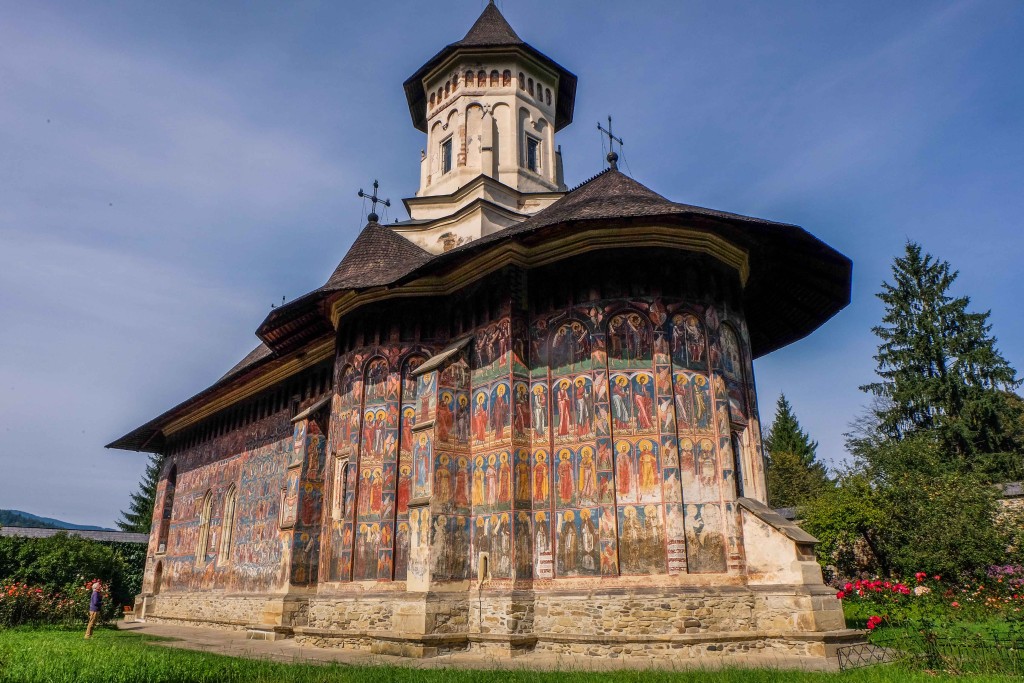
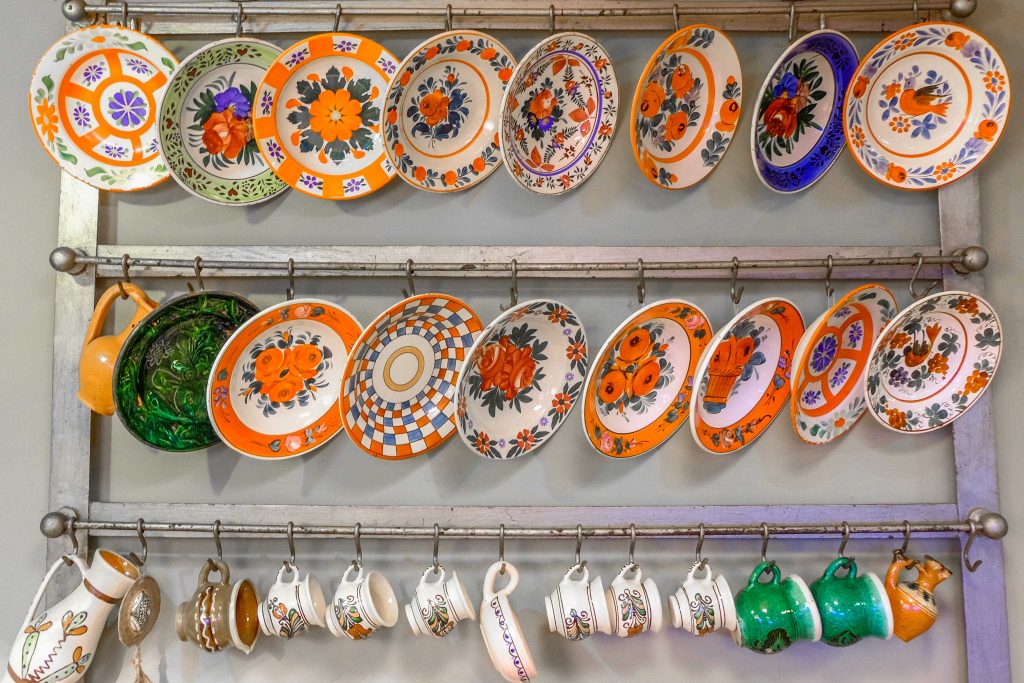
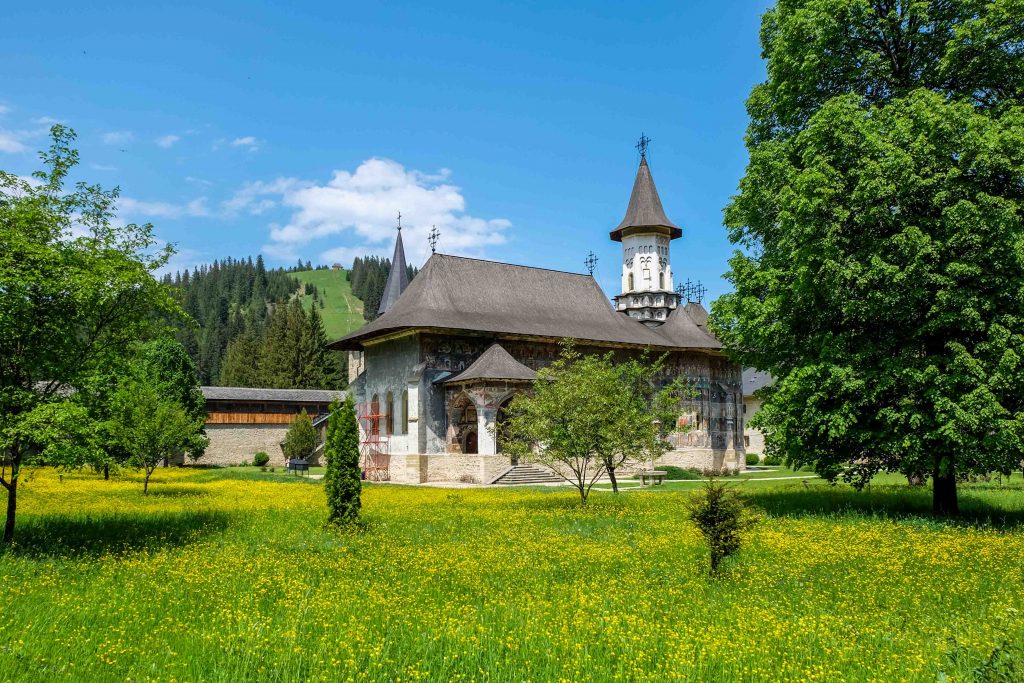
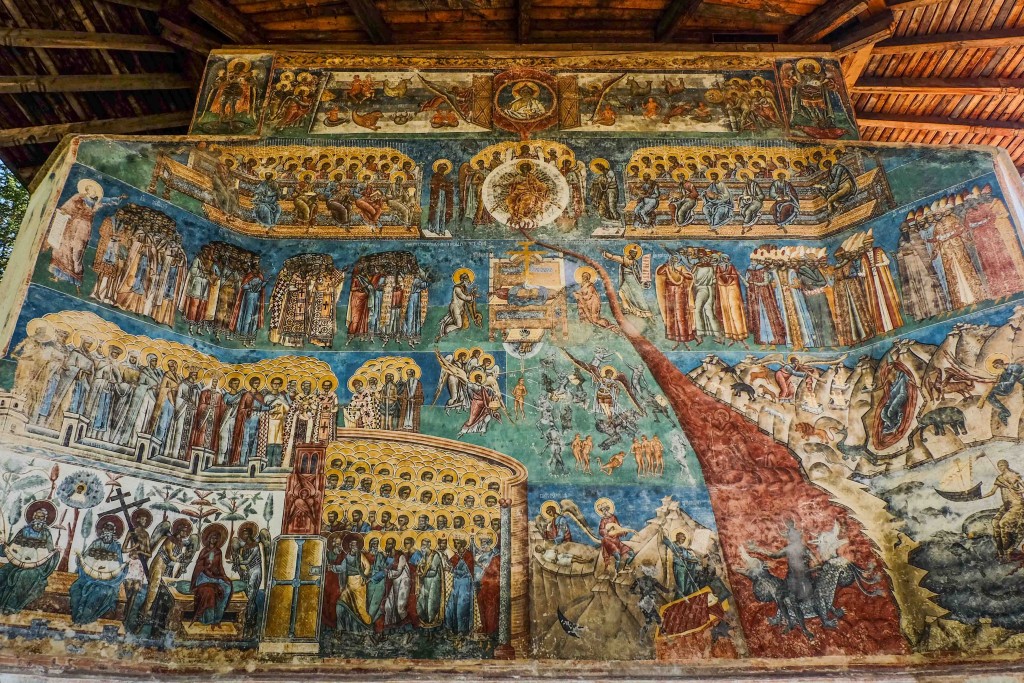

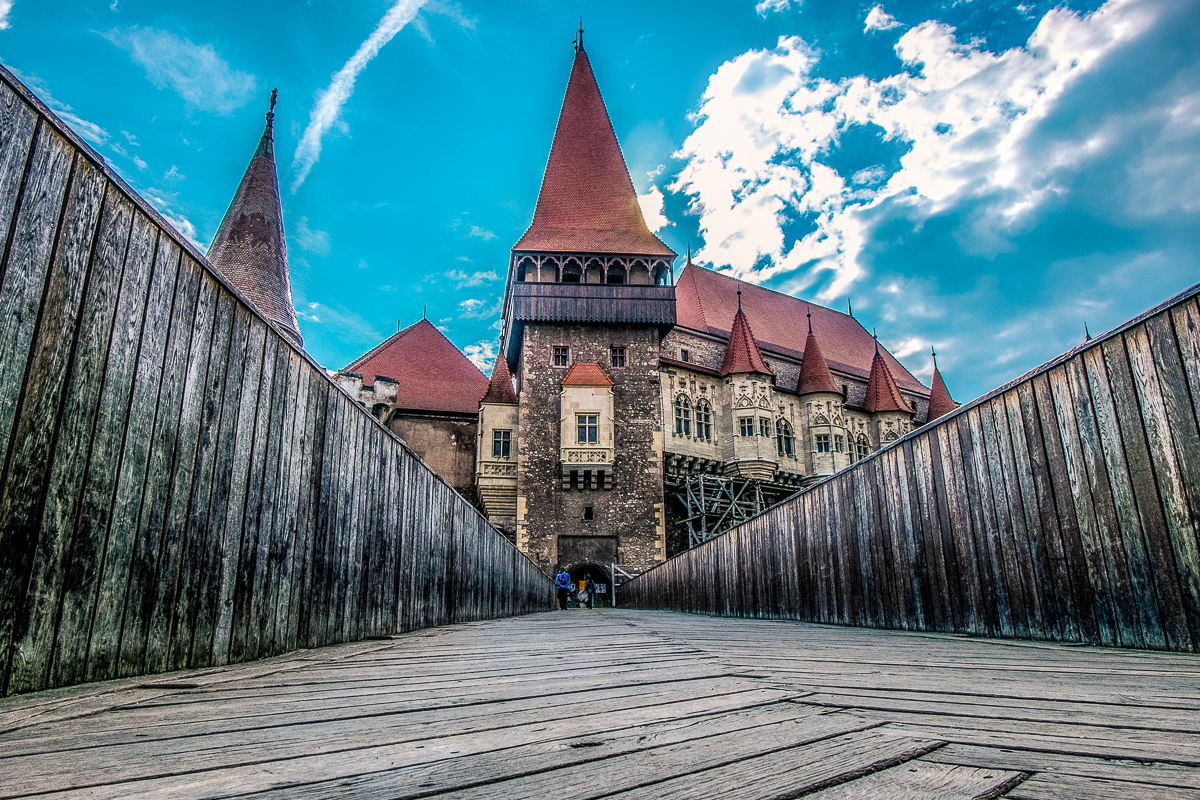
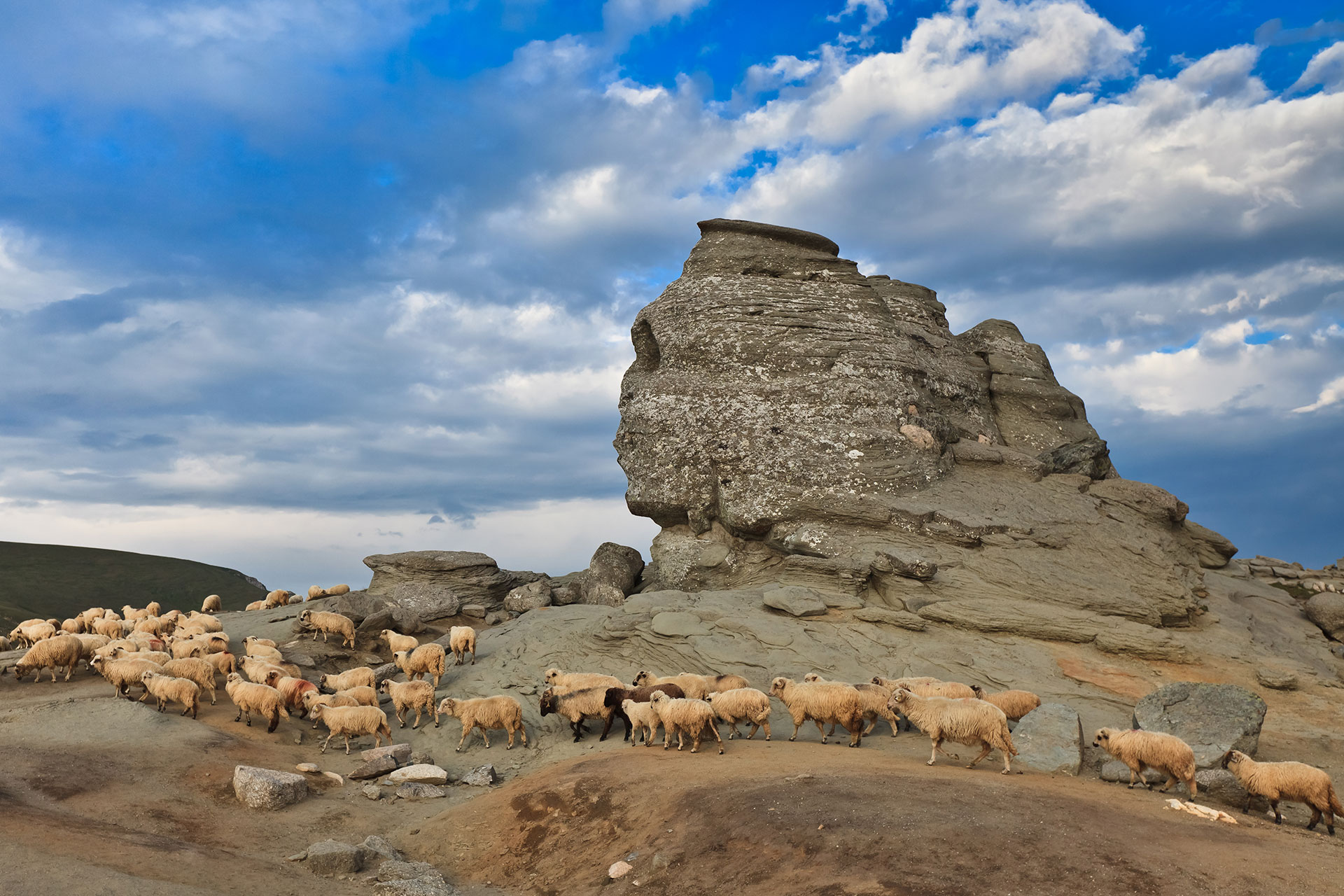
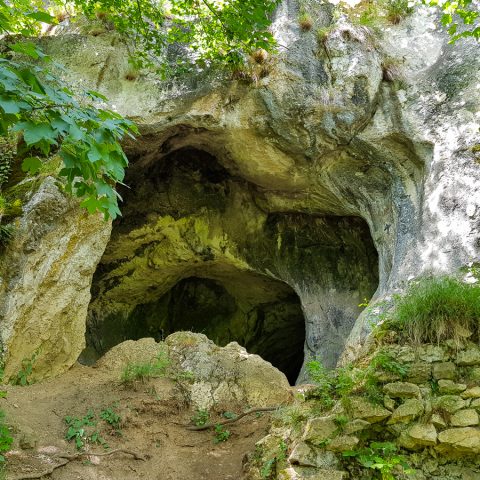

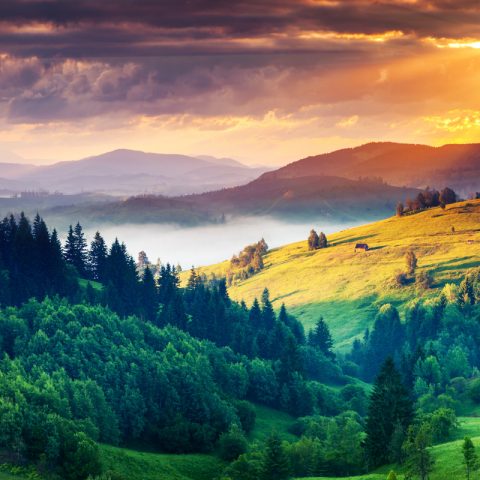











Leave a Reply